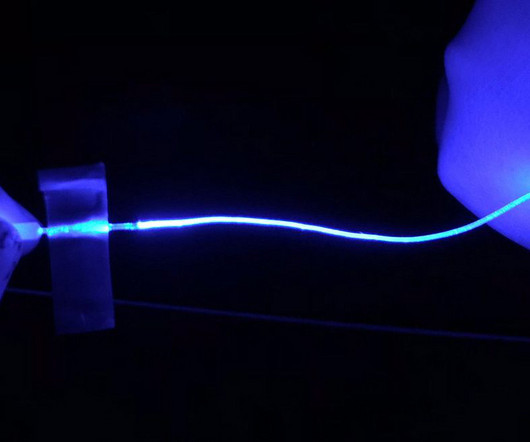EPoSil: electroactive polymers for generating electricity from wave power
Green Car Congress
JULY 30, 2013
A German consortium involving four companies and and two universities is developing dielectric elastomers (electroactive polymers) for the conversion of mechanical energy—in this case wave power—into electrical power. The Technical University of Darmstadt is developing a method for testing the electroactive polymers.




























Let's personalize your content